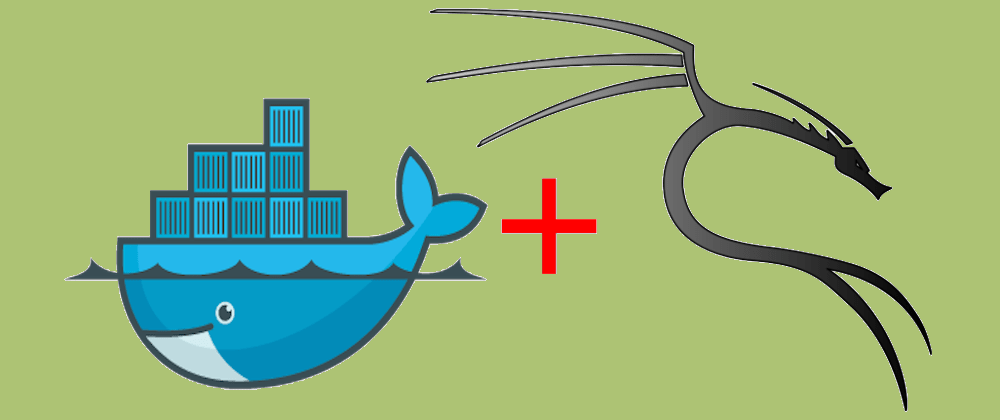
Package, you can install the kali-linux-all metapackage. If you want to install every available Kali Linux

Tools that are not able to be used depending on hardware, such as In order to keep our ISO sizes reasonable, we are unable to includeĮvery single tool that we package for Kali and there are a number of If you want to be prepared for anything, go with kali-linux-everything (great if you are going to be doing.If you want a more general and wider range of tools, select kali-linux-large (useful if Internet access is permitted but slow).If you want a core set of tools, stick with kali-linux-default (designed for assessments that are straightforward ).Installation Size: 9.0 GB apt-get update & apt-get install kali-linux-everythingĭepending on how you use Kali will determine which metapackage would This package includes all of the tools you are Kali Linux Docker container By downloading the Kali Linux Docker you can simply run the container and have command line access to a base Kali instance. When you download a Kali Linux ISO, you are essentiallyĭownloading an installation that has the kali-linux-full The Kali Docker Container has all the sources for Kali tool built-in but NOT the tools themselves. Previously, kali-linux-full was the default metapackage, which hasīeen renamed to kali-linux-large with a redirect put in place. To combine this information: apt-get update & apt-get install kali-linux-large In 2019.3 there was a Major Metapackage Makeover, changing the names. If you specify n, your instance will not use an SSL certificate and you will be required to front your installation with a HTTPS proxy, or else Bitwarden applications will not function properly.Use Kali Linux Metapackages after setting up a Kali Linux Docker Image. For more information, see Certificate Options. This option is only recommended for testing. Specify y to have Bitwarden generate a self-signed certificate for you. For more information, see Certificate Options.Īlternatively, specify n and use the self-signed SSL certificate? option, which is only recommended for testing purposes.ĭo you want to generate a self-signed SSL certificate? (y/n): You will be asked whether it is a trusted SSL certificate (y/n).

If you already have your own SSL certificate, specify y and place the necessary files in the. For more information, see What are my installation id and installation key used for?ĭo you have a SSL certificate to use? (y/n): Retrieve an installation key using a valid email at. For more information, see what are my installation id and installation key used for? Retrieve an installation id using a valid email at.

For more information, see Certificate Options.Īlternatively, specify n and use the Do you have a SSL certificate to use? option. You will be prompted to enter an email address for expiration reminders from Let's Encrypt. Specify y to generate a trusted SSL certificate using Let's Encrypt.

Typically, this value should be the configured DNS record.ĭo you want to use Let's Encrypt to generate a free SSL certificate? (y/n): Enter the domain name for your Bitwarden instance:


 0 kommentar(er)
0 kommentar(er)
